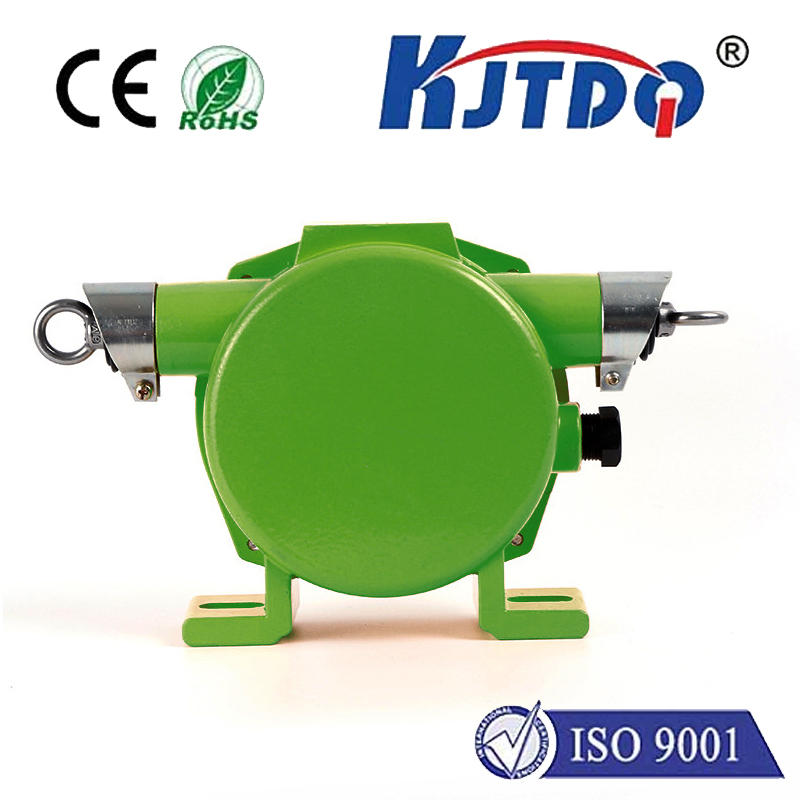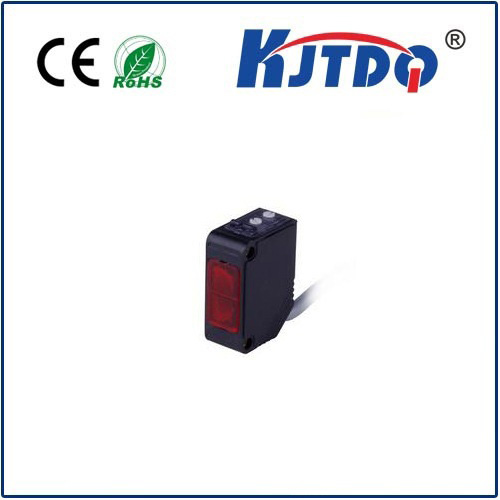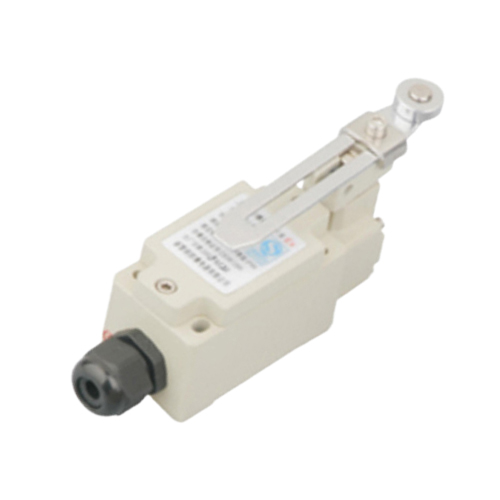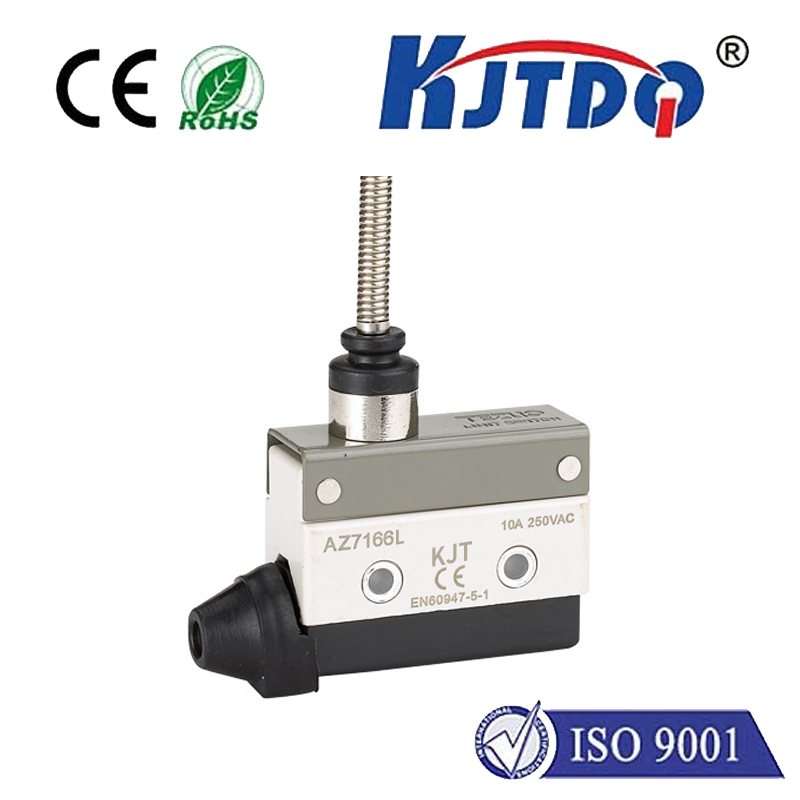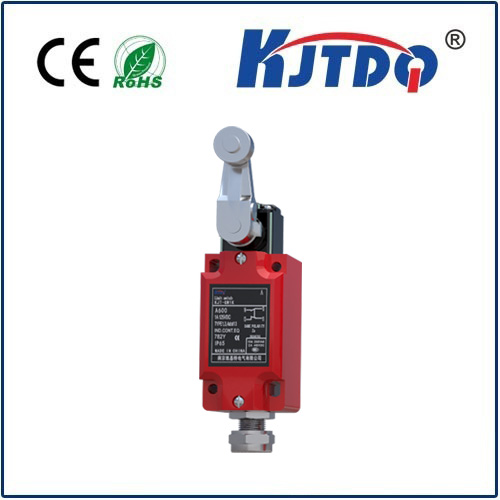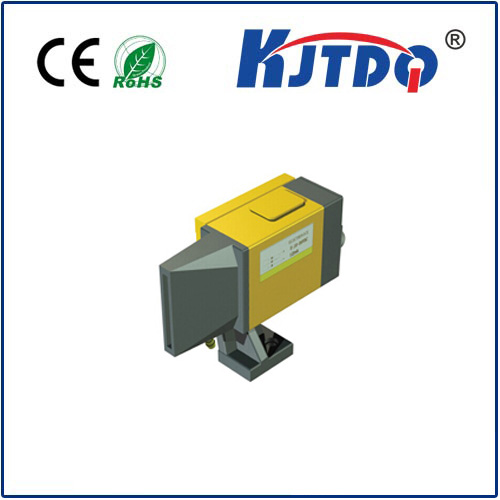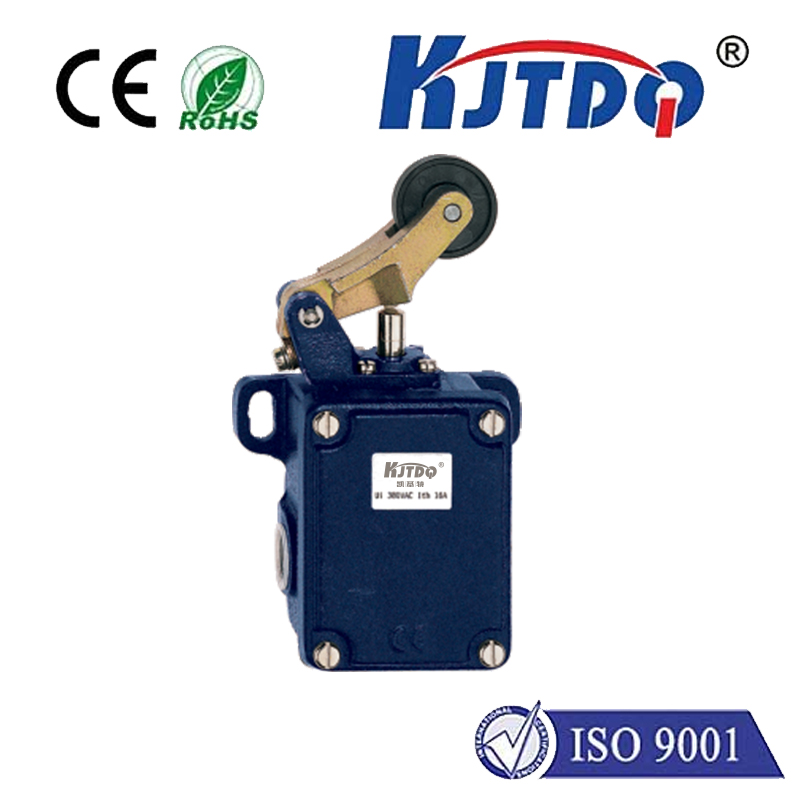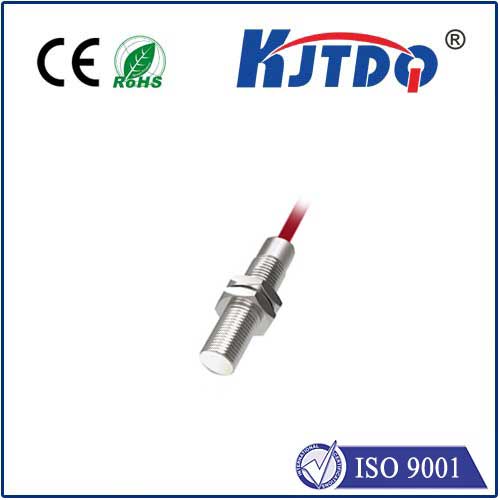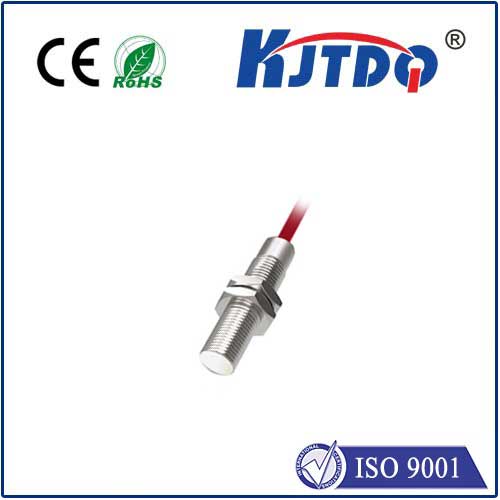лазерный фотодиодный датчик
- time:2025-03-24 08:45:55
- Нажмите:0
Photodiode Sensors: The Precision Guardians of Laser Technology
The global laser technology market is projected to exceed $20 billion by 2027, driven by advancements in healthcare, manufacturing, and telecommunications. At the heart of this growth lies a critical yet often overlooked component: photodiode sensors. These unassuming devices play a pivotal role in ensuring laser systems operate safely, accurately, and efficiently. But how exactly do they achieve this? Let’s explore the science, applications, and innovations behind photodiode sensors in laser technology.
What Are Photodiode Sensors, and Why Do Lasers Need Them?
Photodiodes are semiconductor devices that convert light into electrical current. When integrated into laser systems, they act as real-time monitors, detecting subtle changes in light intensity, wavelength, or beam alignment. Unlike traditional sensors, photodiodes offer high-speed response times (often in nanoseconds) and exceptional sensitivity, making them indispensable for precision-critical applications.
For lasers, stability is non-negotiable. A misaligned beam or power fluctuation can compromise surgical outcomes, damage materials during cutting, or disrupt optical communication networks. Photodiode sensors serve as the system’s “eyes,” providing instant feedback to maintain optimal performance.

Key Roles of Photodiode Sensors in Laser Systems
- Power Monitoring and Stabilization
Lasers require consistent output power for reliable operation. Photodiodes placed at beam-sampling ports measure light intensity and feed data to control circuits. If power drifts, the system adjusts in real time—a feature critical for fiber laser cutting machines and medical lasers.
- Beam Profiling and Alignment
Advanced photodiode arrays map laser beam profiles, detecting irregularities like hotspots or mode distortions. This ensures uniform energy distribution in applications such as lithography or laser welding.
- Safety Interlocks
Photodiodes trigger emergency shutdowns if unintended light leakage occurs, protecting both equipment and operators. This is vital in high-power industrial lasers or research-grade setups.
- Wavelength Verification
In spectroscopy or telecommunications, photodiodes with wavelength-specific coatings confirm laser output matches intended parameters, preventing data loss or calibration errors.
Applications: Where Photodiode Sensors Shine
- Industrial Manufacturing: Fiber lasers used for cutting metals rely on photodiodes to maintain kW-level power stability, reducing material waste.
- Медицинское оборудование: Surgical lasers for ophthalmology or dermatology integrate photodiodes to ensure dosage accuracy, minimizing tissue damage.
- LiDAR and Autonomous Vehicles: Photodiode arrays detect reflected laser pulses, enabling precise 3D mapping for self-driving cars.
- Optical Communications: In fiber-optic networks, photodiodes convert laser signals into electrical data at speeds exceeding 100 Gbps.
Choosing the Right Photodiode Sensor: Factors to Consider
Not all photodiodes are created equal. Key selection criteria include:
- Spectral Range: Match the sensor’s responsivity to the laser’s wavelength (e.g., silicon photodiodes for visible light, InGaAs for infrared).
- Response Speed: High-frequency pulsed lasers need photodiodes with sub-nanosecond rise times.
- Active Area: Larger areas capture more light but may sacrifice speed—a trade-off requiring careful balance.
- Linearity: Critical for power measurement; look for sensors with % nonlinearity over their operating range.
For example, avalanche photodiodes (APDs) amplify weak signals in low-light conditions, ideal for LiDAR. Conversely, PIN photodiodes excel in high-speed data transmission due to their low capacitance.
Innovations Driving the Future
Recent advancements are pushing photodiode capabilities further:
- Integrated Circuitry: Monolithic photodiode-amplifier chips reduce noise and simplify system design.
- Quantum Efficiency Boost: Nanostructured coatings now achieve >95% quantum efficiency at specific wavelengths.
- Flexible Photodiodes: Thin-film sensors enable curved or wearable laser-based devices for medical diagnostics.
Researchers are also exploring single-photon avalanche diodes (SPADs), which detect individual photons. This could revolutionize quantum communication and ultra-low-light imaging.
Challenges and Solutions
Despite their strengths, photodiode sensors face hurdles:
- Thermal Noise: High-power lasers generate heat, causing signal drift. Thermoelectric coolers and temperature-compensated designs mitigate this.
- Saturation Effects: Overexposure can damage photodiodes. Automatic gain control (AGC) circuits dynamically adjust sensitivity.
- Cost vs. Performance: While premium sensors offer unmatched precision, budget-conscious projects can opt for hybrid solutions combining photodiodes with microcontrollers for adaptive calibration.
From enabling life-saving medical procedures to powering next-gen autonomous systems, photodiode sensors are the unsung heroes of laser technology. As lasers evolve to meet tomorrow’s challenges, these sensors will continue to innovate—ensuring every photon is measured, controlled, and optimized. Whether you’re designing a cutting-edge laser system or simply curious about the tech shaping our world, understanding photodiodes is no longer optional—it’s essential.

